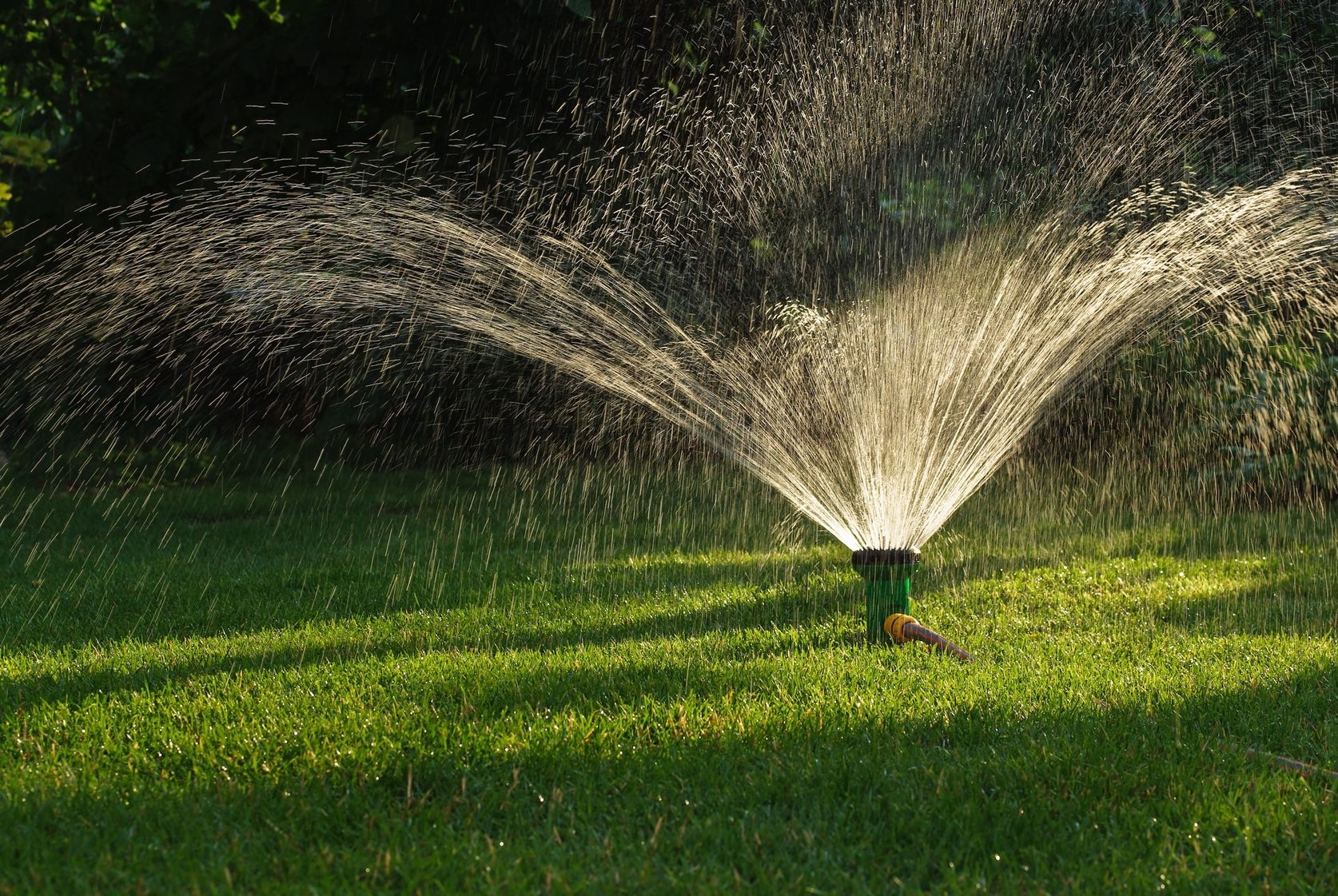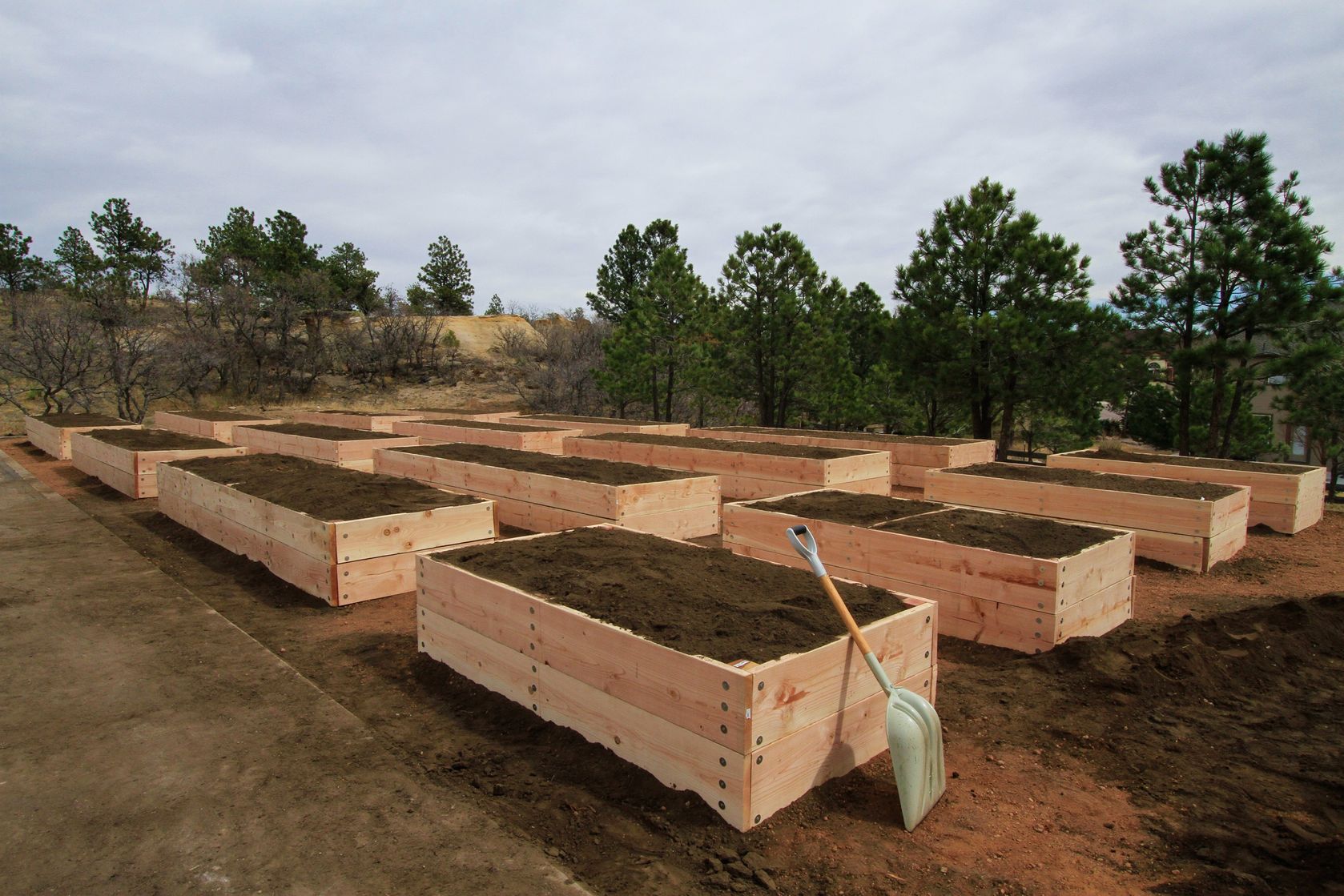 Back to the Be Inspired Blog
Back to the Be Inspired Blog

11 Gardening Mistakes to Avoid and Learn From
Whether you fancy yourself a gardening expert or just planted your first bulb, everyone makes mistakes. What improves your gardening abilities is knowing what pitfalls to avoid and why they matter. Keep reading for 11 common gardening mistakes from Natural Living Ideas and tips to improve your green thumb.
11 Gardening Mistakes to Avoid
- Not Preparing the Beds
Most have made this gardening mistake before, some out of ignorance and others due to laziness. When the seeds and seedling go into the damp earth in spring, it seems the tiny planting holes we make with our fingers or a small hand shovel are room enough for them. But the soil soon dries out and becomes rock hard. If the roots of the young plants cannot penetrate the ground, you’ll end up with stunted plants. Digging and double digging the garden beds, and adding in plenty of compost and leaf mold, makes the soil loose enough for good root run. Making raised bedsis another option if you don’t want to dig deep.

2. Leaving Out Soil Amendment
We tend to forget that soil is a living organism, always changing and evolving. Soil conditions can fluctuate with the amount of rainfall, soil runoff and lack of drainage. Some plants deplete certain soil nutrients more than the others. Heavy rains can leach away the limestone you recently added to raise the pH of your broccoli bed. It pays to check the soil for pH level and mineral profile every growing season and make necessary amendments a few weeks before planting time. Then test again to make sure things are perfect for the plants that are getting ready to go in. Organic matter has a modulating effect on soil chemistry, so the more humusyour soil has, the lesser the chemical fluctuations. Add plenty of compost and cured manure to your vegetable beds. Good soil is particularly important for your veggies’ garden since you need healthy plants that produce high-quality food. Click here to read more about soil and how to keep it healthy.
- Overwatering
Many enthusiastic gardeners are guilty of this gardening mistake. Frequent watering may be necessary until seedlings and cuttings are established. But once they have developed a good root system, water them at regular intervals. Like every other plant tissue, roots need to breathe. They literally drown if all the air pockets in the soil are filled with water all the time. Even when the top soil looks dry, the lower layers could be soaking wet. Frequently watered plants remain tender, and wilt very easily in the sun. When the interval between subsequent watering is gradually increased, plants toughen up and learn to be survivors.
- Shallow Watering
This is another gardening mistake done by those who water their plants with a handheld garden hose. Plants drink water through their roots. Wilted crowns do recover rapidly when they are sprayed with water, but that is because it helps cut down the transpiration rate. Shallow watering results in shallow root run. Plants become dependent on frequent watering and they become prone to toppling over and wilting quickly since their roots have not grown deep into the soil to anchor them and to draw water from the reservoirs in the lower layers of soil.
5. Planting Sun Lovers in Shade
There are some woodland plants that have evolved to survive in shady spots, but if you plant sun-loving plants there, they will not thrive. Tomatoes and most other veggies do best in areas where they can get uninterrupted sun throughout the day. If you mainly have a shady garden, you cannot hope to grow a lot of vegetables other than some greens.
6. Planting Out of Season
Planting out tender seedling too early in spring leaves them at the mercy of late frosts. If you wait too long you may miss the chance to get vigorous growth and yield before the rising temperatures play spoilsport. Cool season vegetables and summer flowers must be planted at their respective times.
7. Hard Pruning at the Wrong Time
Have you ever pruned a hydrangea bush hard in fall because it looked nearly dead? You probably removed all the dormant flower buds that would have bloomed the following year. Some plants bear flowers on old branches while others put out new flowering branches after pruning. You should first learn about the flowering pattern of your bush and schedule the pruning accordingly. Since pruning instigates new growth in most plants, those that bear flowers and fruits late in the growing season should be pruned once they have gone into dormancy. Early pruning will make them put out tender shoots that will suffer frost damage. Spring flowering trees and bushes can be pruned immediately after they have finished the show so that they get a long window to develop new growth before the growing season is over. Maintain a pruning calendar for the plants in your garden to avoid mistakes.
8. Planting Single Self-Sterile Plants
Have you purchased a berry bush or a young tree and waited for years only to be disappointed when none of the flowers turned into fruit? If you have planted a self-sterile variety, you may have to wait years for another tree to grow to maturity. Some blueberry plants need two of the same type for successful pollination. But it takes two different types of apple trees to give you fruit. Not only that, they should have the same blooming time. Some apple trees produce sterile pollen, so you will need a third tree in the premises. Also, some plums and pears are only partially self-sterile and they manage to grow a few fruits, but they do much better in company. If you don’t want to try your luck, choose your plants with the help of knowledgeable suppliers, or stick to self-fertile varieties. As you can tell, this is a complex matter, so consult your garden expert.
9. Scaring away Pollinators with Pesticides
Being too handy with pesticides is a big mistake overzealous gardeners make. If you find too few vegetables and fruits after meticulously watering and fertilizing your plants, and keeping off pests and weeds with frequent spraying, you could have scared off the pollinators. It is hard to watch pests chomping away on your well-tended veggies, but remember that all the critters visiting your vegetable patch are not your enemies. You need insect pollinators to ensure a good crop, so avoid using pesticides when possible.
10. Planting Trees Too Close to the House
Just because there’s a perfect spot for a tree by your house, doesn’t mean you should plant it there. The fully-grown tree can be a threat to your safety and cause problems like too much shade, constant dampness, and fallen leaves and flowers making a mess around the house.
11. Planting the Same Vegetable in the Same Place Every Year
We tend to designate certain areas in our garden to vegetables and ornamentals, but repeatedly growing tomatoes or greens in the same area is a mistake many of us have come to regret. One reason is the pests and diseases that take hold of the area. Many of the fungal blights, rusts and spots are host specific. Their spores remain in the soil and affect the next batch of plants. Most caterpillars, beetles, borers and some nematodes also show a definite preference for certain plants or plant groups. Their eggs and larvae are in the soil awaiting their host plants. Plant rotation breaks their lifecycle. Take care to avoid different plants of the same family together, or one after another, in the same spot. They may have common pests. For example, cabbage worms feast on cauliflowers, broccoli, collard greens and turnips. Many common fungal diseases affect tomatoes, eggplants and potatoes that belong to the same family. Another reason why crop rotation is important is that different plants have different nutritional requirements. The soil fertility is seriously depleted when nitrogen or potash loving plants continue to be grown in the same place. This greatly affects the yield of subsequent crops and fertilizer need increases. Planting leguminous vegetables or cover crops help fix nitrogen in the soil. Leafy vegetables can use the nitrogen; they require a lot of it.
Getting Past Gardening Mistakes
Are you guilty of any of these gardening mistakes? We’ve probably all done them once or twice in our lives. If you need help with your garden, we have Gardening Coaches standing by who can come to your home and help you out! Click here to learn more.

